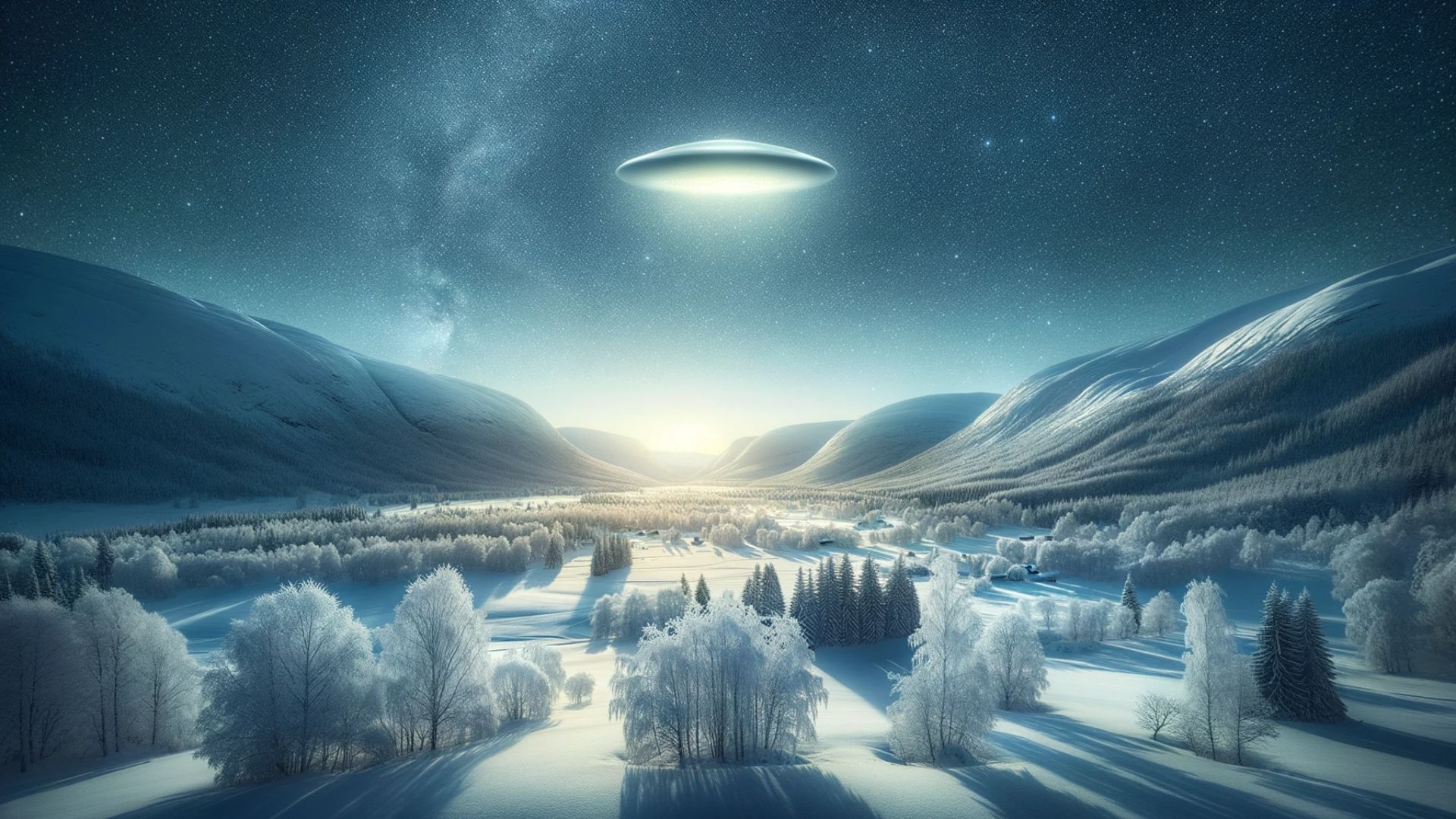Introduction
Hessdalen Lights: An Overview
Located in the remote Hessdalen Valley of Norway, the Hessdalen Lights stand as one of the world’s most intriguing and consistent unexplained phenomena.
These nocturnal luminous displays appear as orbs or shafts of light, sometimes hovering, other times darting across the skyline. Varying in color—from white and yellow to red and blue—they have been a source of wonder and speculation for both the local community and global researchers.
While numerous theories abound, ranging from atmospheric conditions to geological activity, the exact nature of these lights remains unresolved.
Regardless of their origin, the one unifying factor is the palpable energy they exude, which has been both visually observed and scientifically measured.
The Shift to “Hessdalen Energy Object”
The traditional label of “Hessdalen Lights” places significant emphasis on the visual attributes of the phenomenon.
While this descriptor is not inaccurate, it may inadvertently narrow our understanding and exploration of the event.
Proposing “Hessdalen Energy Object” as a new terminology serves several purposes:
Emphasizing the Energy Dimension: Beyond the visual spectacle, these occurrences represent significant energy manifestations. By refocusing on this aspect, we can encourage deeper scientific inquiry into its potential sources and implications.
Broadening Scientific Engagement: With a term that underscores the energy properties, we can invite a wider range of scientific disciplines to engage, from physicists to geologists and atmospheric scientists.
Avoiding Extraterrestrial Misassociations: The term “lights,” especially in the context of unidentified aerial phenomena, often attracts associations with UFOs. While these lights are indeed unidentified, rebranding can help in delineating them from extraterrestrial speculations, fostering a more grounded and empirical approach to their study.
By reframing our nomenclature, we not only align more closely with the observable attributes of the Hessdalen phenomenon but also set the stage for a more comprehensive and multidisciplinary exploration of its mysteries.
While the Hessdalen Energy Object offers a glimpse into the wonders of our own world, our exploration of the unknown doesn’t end here. For those intrigued by the broader mysteries of the universe and its potential inhabitants, take a journey through time with our article on the historical encounters with alien species.
A Closer Look at Hessdalen Lights
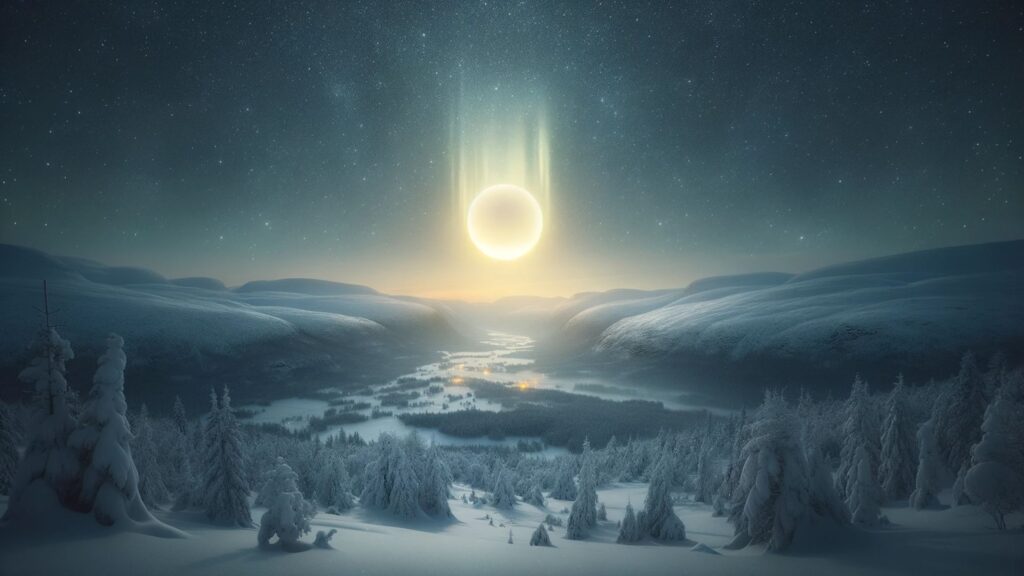
Historical Sightings: Tracing the Phenomenon
The enigmatic Hessdalen Lights have captured imaginations for decades. Records of their occurrences can be traced back as far as the 1930s. However, it wasn’t until the early 1980s that they gained significant attention. Between 1981 and 1984, there were reports of sightings occurring as frequently as 10-20 times per week, making this period one of the most active in the history of the Hessdalen Lights.
Such consistent observations prompted the establishment of Project Hessdalen in 1983, a research initiative aimed at documenting and understanding the phenomenon. Over the years, thousands of sightings have been recorded, making the Hessdalen Valley a focal point for enthusiasts and researchers alike.
Delving into the Characteristics
Brightness and Coloration:
The Hessdalen Lights are known for their remarkable luminosity. On several occasions, they have been observed to illuminate large portions of the valley, suggesting an intensity comparable to that of car headlights.
Their spectrum is diverse, with colors ranging from stark white and deep blue to fiery red and mellow yellow. Some reports even describe multicolored displays, showcasing a myriad of hues in a single occurrence.
Duration:
The duration of these lights can vary significantly. While some sightings last mere seconds, others have been observed to persist for over an hour. On average, most Hessdalen Light events are reported to span between 5 and 30 minutes.
Frequency:
The frequency of sightings has seen fluctuations over the years. As mentioned, the early 1980s experienced a peak with nearly daily occurrences. However, in the subsequent decades, the frequency has reduced somewhat, averaging around 10-20 sightings per month. Despite this reduction, the Hessdalen Valley remains one of the most consistent places on Earth for observing such a phenomenon.
By understanding the historical context and the specific characteristics of the Hessdalen Lights, we gain a more comprehensive view of this enigmatic occurrence. The sheer consistency and vibrancy of these lights underscore their significance, beckoning further exploration and research.
Scientific Investigations and Findings
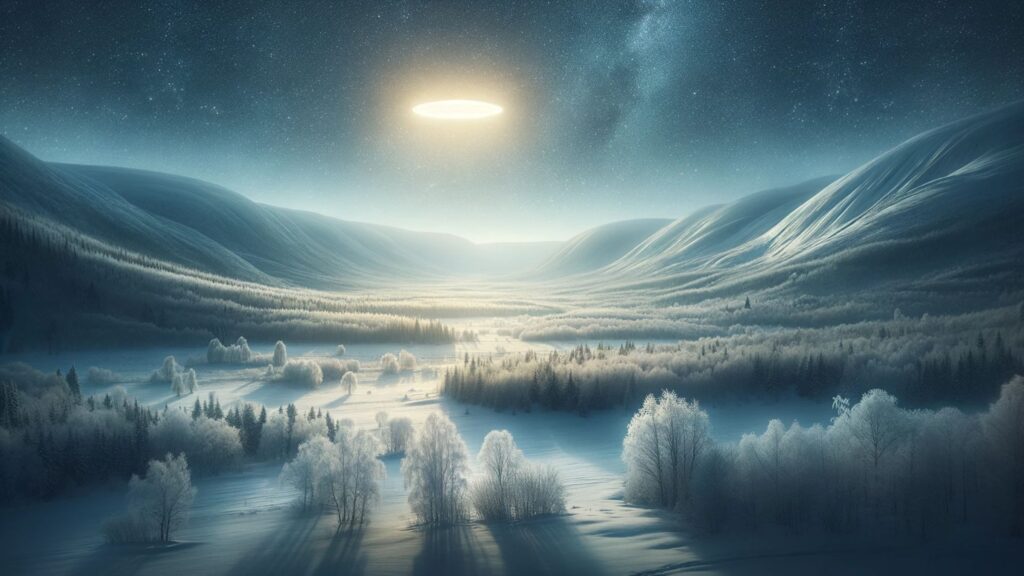
A Journey Through Past Research Endeavors
Since the surge in Hessdalen Lights sightings in the early 1980s, there has been a concerted effort to understand this phenomenon from a scientific perspective.
One of the pioneering initiatives was Project Hessdalen, launched in 1983. This project aimed to gather systematic observational data, and its efforts culminated in an automated measurement station being set up in the valley in 1998.
In collaboration with institutions like the University of Ostfold, several research expeditions have been conducted in the Hessdalen Valley. These expeditions often employ a range of scientific instruments, from optical spectrometers to magnetometers, aiming to capture a multifaceted view of the phenomenon.
Furthermore, international scientific conferences, such as the Hessdalen Workshop in 2004 and 2010, have been organized, bringing together experts from around the world to discuss findings and propose new avenues of investigation.
Probing the Energy Dynamics
One of the standout observations about the Hessdalen Lights is their vivid luminosity. To understand the energy behind such brightness, scientists have conducted several measurement studies. For instance, using spectrometry, researchers have been able to identify elements such as scandium within the light, hinting at potential geochemical processes at play.
Radiation detectors placed in the valley have occasionally recorded elevated levels of radioactivity when the lights appear, suggesting a link between the phenomenon and ionizing processes. Such observations postulate that the lights might be a result of charged particles colliding and releasing energy in the form of light—a process reminiscent of the natural auroras but with distinct mechanisms.
Additionally, the calculated luminous flux of some of the brighter Hessdalen Lights is estimated to be in the ballpark of 1,000,000 lumens. For context, a typical car headlight has a luminous flux of around 1,000 lumens. Such significant energy output prompts questions about the source of this energy and how it’s being manifested in the form of these lights.
Through meticulous scientific investigations, we’ve garnered invaluable insights into the Hessdalen Lights. While many questions still linger, the data amassed provides a solid foundation for future research, inching us closer to deciphering this atmospheric enigma.
Hessdalen as a Powerful Energy Source

The Hessdalen Lights, while a visual spectacle, have also been the subject of intense scrutiny due to the significant amount of energy they appear to generate. This aspect of the phenomenon makes it not just a curiosity for optical phenomena but also a potential window into natural energy processes.
Assessing the Energy Output
Determinations of the energy involved in the Hessdalen phenomena have been attempted through various indirect measurements. The radiant power output, which is the energy emitted as light per unit of time, is estimated by comparing the observed brightness with known luminous efficacies of light sources. Some measurements suggest that the luminosity of certain Hessdalen Lights can exceed that of an ordinary halogen car headlamp by several hundred times.
While direct measurements of the energy are challenging due to the unpredictable and transient nature of the lights, researchers have used the known physics of plasma to estimate energy outputs. If, for example, the lights were to be caused by burning gases, the amount of energy required to sustain such combustion would be comparable to that released in small-scale power stations.
The Significance of Natural Energy Manifestation
The importance of studying natural energy manifestations like the Hessdalen Lights extends far beyond scientific curiosity. If we can come to understand the underlying mechanisms, there could be significant implications:
- Natural Energy Harvesting: If the process behind the Hessdalen Lights is an earthly one, there may be insights into new methods of energy capture or creation, possibly aiding in the development of sustainable energy technologies.
- Atmospheric Science: Understanding Hessdalen could contribute to our knowledge of atmospheric physics, potentially shedding light on other unexplained aerial phenomena and helping to refine our models of energy transfer within the Earth’s atmosphere.
Comparing with Established Energy Sources
To put the Hessdalen Lights into perspective, a comparison with known energy sources can be instructive. The energy emitted by these lights, if harnessed, could provide insights into creating high-efficiency light sources or understanding atmospheric electrical phenomena.
For example, the total annual energy production of a wind turbine ranges between 2 to 3 megawatts.
While we cannot yet compare this directly to the Hessdalen Lights due to their sporadic nature, the intensity of the lights suggests that the energy involved in each event could be substantial, possibly reaching into the kilowatt-hour scale.
In the broader context of energy science, the Hessdalen phenomenon could offer a unique case study. Most natural energy processes we harness are continuous and predictable, such as hydroelectric power or geothermal energy.
In contrast, the Hessdalen Lights present a different challenge due to their episodic appearance, making them more akin to capturing the energy from lightning than tapping into a steady stream.
In conclusion, the pursuit of understanding the Hessdalen Lights as an energy source stands at the confluence of environmental importance and scientific innovation.
While they currently occupy a mysterious niche, they may one day illuminate new paths in our quest for understanding and harnessing the natural world’s energy.
The Name Change Proposition: From Lights to Energy Object

The debate around the Hessdalen phenomenon’s nomenclature has significant implications for its scientific study and public perception.
The proposition to evolve from the descriptor “Hessdalen Lights” to “Hessdalen Energy Object” is rooted in a strategic effort to advance both research and understanding.
Emphasizing the Energy Component
The current moniker ‘lights’ accurately depicts the visual manifestation of the phenomenon but does not encapsulate the full extent of its scientific relevance.
The term’ energy object’ shifts the focus towards the phenomenon’s energetic aspect, reflecting a broader spectrum of research possibilities. It implies a source with a definable boundary and measurable properties—attributes that are more quantifiable and researchable.
By recognizing the phenomenon as an “energy object,” scientists can explore the energy dynamics with precise terminology that encourages a multi-disciplinary approach. This term prompts the consideration of the Hessdalen phenomena within the realm of plasma physics, quantum mechanics, or even geo-electromagnetic theories.
Reducing Stigma and Enhancing Scientific Appeal
Associations with UFOs and the paranormal have long cast a shadow over the serious scientific inquiry of anomalous aerial phenomena.
By categorizing the Hessdalen occurrences as an “Energy Object,” there is an opportunity to distance the phenomenon from unscientific explanations and encourage a factual, data-driven approach.
The name change aims to mitigate the stigma by aligning the phenomenon with other natural but complex energy systems that have been more widely accepted and studied by the scientific community, such as ball lightning or St. Elmo’s fire.
Advocating for Scientific Seriousness and Acceptance
The transition to a term that emphasizes energy characteristics advocates for a more rigorous scientific framework around the Hessdalen observations.
By framing the phenomenon as an “Energy Object,” there is an inherent call to action for the scientific community to apply a systematic methodology to its study—akin to the study of other natural phenomena—thus enhancing its credibility and seriousness.
The new terminology could act as a catalyst for increased funding, structured research, and, ultimately, the demystification of the Hessdalen phenomenon.
It opens the door for peer-reviewed research, academic discourse, and potentially groundbreaking discoveries that extend beyond the valley of Hessdalen.
This name change proposition is not merely a semantic shift but a strategic rebranding that aligns with the scientific imperative to understand our universe through empirical evidence and rational inquiry.
It’s a call to move beyond the superficial and delve into the substance to transform a once-fringe topic into a legitimate subject of scientific endeavor.
Hessdalen Energy Object and the UFO Enigma: Revisiting the Alien Hypothesis
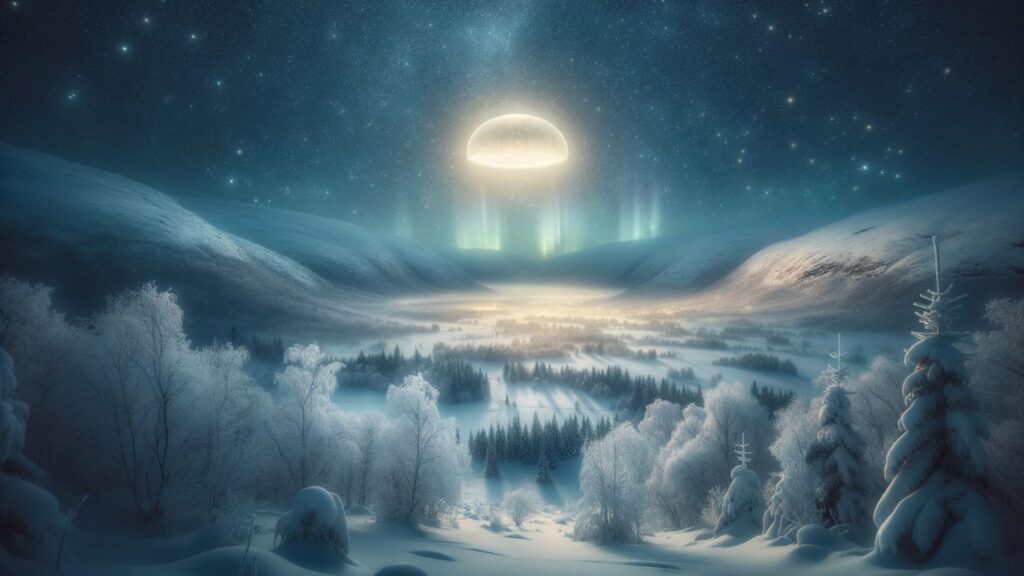
The enigmatic Hessdalen Lights, now increasingly referred to as the Hessdalen Energy Object, occupy a unique place at the crossroads of scientific inquiry and the enduring mysteries surrounding UFOs. The pivot towards a term that encapsulates the phenomenon’s energetic nature does not entirely preclude the consideration of an extraterrestrial origin—rather, it invites a more nuanced exploration of this possibility.
Reassessing UFO Incidents in Light of Hessdalen
The history of UFO sightings is rich with incidents that defy easy explanation, often characterized by accounts of strange lights and patterns in the sky. The public’s fascination with these phenomena has been mirrored by a cautious but persistent interest from some in the scientific community.
The Hessdalen Lights have sometimes been swept into this category, not least because of their peculiar behavior and characteristics, which resemble classical UFO reports.
The Alien Hypothesis: A Contemplative Approach
While the majority of research into the Hessdalen phenomenon leans towards natural terrestrial explanations, the consistency and high energy output of the lights provoke a contemplative approach to the alien hypothesis.
The sophisticated and erratic maneuvers of the lights, coupled with their ability to appear and vanish abruptly, bear a striking resemblance to common descriptions of UFOs.
It is conceivable that if there were an extraterrestrial origin to any aerial phenomena, such evidence might be detectable in an anomalous energy pattern like that of the Hessdalen Lights.
The consideration of an alien origin, therefore, is not entirely outside the realm of possibility—it is a hypothesis that can be evaluated with scientific rigor, employing the same tools and methods used to investigate more conventional explanations.
Implications for SETI and Anomalous Energy Studies
Embracing the potential, albeit unconfirmed, extraterrestrial aspect of the Hessdalen Energy Object could have profound implications for SETI and the study of anomalous energy phenomena.
If the lights were to exhibit characteristics that defy current understanding of natural phenomena, such a discovery could open up new avenues in the search for intelligent life beyond Earth.
It is imperative, however, that this exploration remains grounded in scientific methodology. The alien hypothesis must be approached with a critical eye, testing against known natural processes and remaining open to new data and interpretations.
In conclusion, while the Hessdalen Energy Object continues to be a subject of scientific investigation, the possibility of an extraterrestrial connection, though unproven, ignites the imagination and challenges researchers to consider all angles.
The careful study of this phenomenon might one day contribute to our understanding of the universe and our place within it—whether the origins of the lights are found to be earthly or not.
Importance of Scientific Acceptance in the Study of the Hessdalen Energy Object

The Hessdalen Energy Object’s emergence as a subject of fascination offers a valuable lesson in the importance of bridging the gap between the esoteric and the empirical.
Scientific acceptance is paramount for advancing our understanding of the phenomenon, given the broader implications for science and technology.
The UFO Stigma and its Impediments to Research
The shadows cast by UFO-associated stigma loom large. This stigma, rooted in a mix of skepticism, sensationalism, and historical misinterpretations, has long been a deterrent to mainstream scientific engagement.
For phenomena like the Hessdalen Lights, this association has often led to premature dismissals, relegating its study to the fringes of academia.
This reticence has potentially hindered a comprehensive understanding of the phenomenon. Important questions about the Hessdalen Energy Object’s mechanisms, origins, and implications remain largely unanswered.
By allowing preconceived notions about UFOs to eclipse objective inquiry, the scientific community may have missed early opportunities for significant discoveries.
Scientific Investigation: Paving the Way for Technological Breakthroughs
Beyond mere curiosity, there’s a compelling argument for rigorous research into the Hessdalen Energy Object. If the mechanisms behind the energy emissions can be decoded, they could hold the key to novel technological advancements.
Imagine harnessing a naturally occurring, potentially renewable energy source that exhibits such high-energy outputs. It could revolutionize energy storage, transmission, or even propulsion systems.
Moreover, understanding the phenomenon could provide insights into atmospheric physics, plasma dynamics, and geophysical interactions—domains with broad technological applications.
The Broader Benefits of Acceptance
Embracing the study of the Hessdalen Energy Object isn’t just about the immediate scientific or technological gains. It’s a call to action for the scientific community to remain open-minded, fostering an environment where unconventional phenomena can be explored without prejudice. Such an approach ensures that potential areas of knowledge aren’t overlooked due to societal or cultural biases.
In summation, as the mysteries of the Hessdalen Energy Object beckon, it’s crucial that the weight of its potential isn’t buried under UFO-associated stigmas. Scientific acceptance and earnest investigation could unlock secrets not only about this specific phenomenon but also about the very fabric of our natural world and the technologies of tomorrow.
Current and Future Research Directions for the Hessdalen Energy Object

As the rebranded “Hessdalen Energy Object” takes center stage in scientific discussions, a myriad of research avenues beckon. Understanding this unique phenomenon requires a mosaic of scientific disciplines, each offering a unique piece to the puzzle.
Ongoing Endeavors: Tracking the Pulse of Hessdalen
Research into the Hessdalen Energy Object remains vibrant and multifaceted. Current studies aim to monitor the phenomenon in real time, utilizing state-of-the-art sensors and imaging equipment. These tools capture a wealth of data, from the spectrum and intensity of emitted light to variations in electromagnetic fields.
Another exciting frontier is the deployment of drones equipped with advanced sensors. These airborne devices can approach the lights more closely than human observers, gathering crucial data that ground-based equipment might miss.
Interdisciplinary Synergy: A Spectrum of Scientific Insight
The sheer complexity of the Hessdalen Energy Object necessitates a tapestry of expertise. Its behavior hints at intersections between:
- Physics: Investigating the source of the energy emissions and their potential implications for understanding high-energy phenomena.
- Geology: Delving into the local rock composition and underground activity. There’s a growing belief that the unique geology of the Hessdalen Valley plays a pivotal role in the manifestation of the lights.
- Atmospheric Sciences: Understanding the interaction between the lights and atmospheric conditions. Questions abound about how meteorological factors influence the frequency, intensity, and behavior of the Hessdalen Energy Object.
By fostering collaboration between these disciplines, a holistic understanding of the phenomenon becomes attainable. Each offers a lens through which the Hessdalen Energy Object can be examined, providing nuanced insights into its behavior and origins.
A Global Call to Action: Unraveling Hessdalen’s Mysteries Together
The Hessdalen Energy Object stands as a tantalizing enigma, one that invites the curiosity and expertise of researchers worldwide. It’s not merely a Norwegian curiosity but a global scientific treasure.
Institutions, researchers, and even citizen scientists can contribute to this shared endeavor. With the advent of open-source platforms and digital collaboration tools, there’s an unprecedented opportunity for a collective approach.
By pooling resources, expertise, and data, the global scientific community can accelerate discoveries related to the Hessdalen Energy Object.
In wrapping up, the Hessdalen Energy Object stands at the frontier of scientific inquiry. As research directions evolve and expand, the promise of newfound knowledge and potential technological innovations beckons.
But realizing this potential demands a collaborative spirit, interdisciplinary synergy, and a relentless pursuit of the unknown.
Conclusion
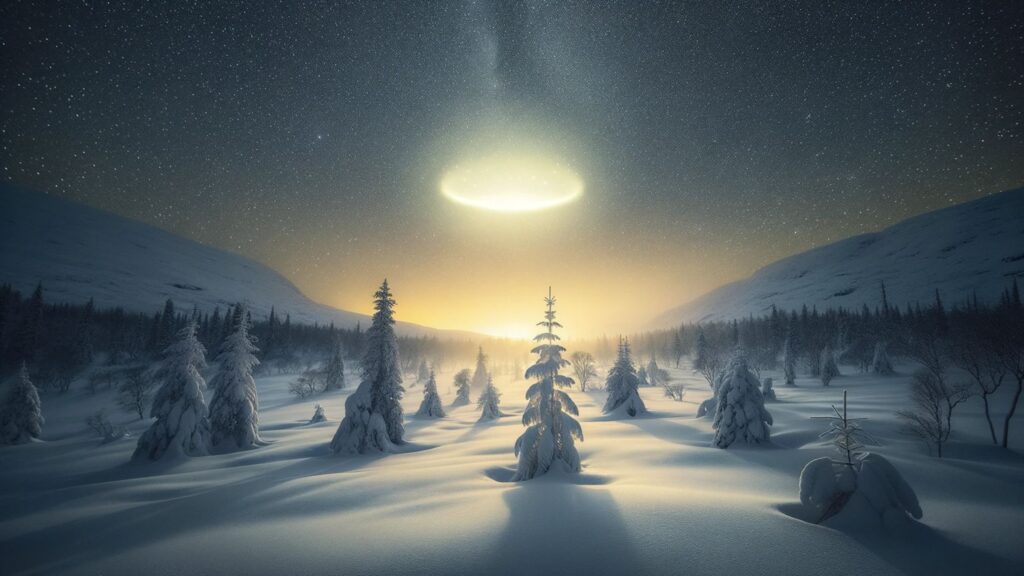
The Luminous Promise of the Hessdalen Energy Object
The Hessdalen Energy Object, once obscured by the mists of mysticism and UFO associations, is emerging as a beacon of scientific intrigue. Its inexplicable manifestations, coupled with the staggering energy outputs observed, beckon the global scientific community to unravel its mysteries.
The significance of this phenomenon cannot be overstated. Whether the Hessdalen Energy Object is a result of intricate geophysical interactions, atmospheric peculiarities, or even something yet undiscovered, the promise it holds for scientific discovery is palpable.
Beyond merely understanding its origins and mechanisms, the potential practical applications stemming from such knowledge could be revolutionary.
Imagine the implications of tapping into a naturally occurring, renewable, and potentially high-yield energy source. The technological and environmental dividends could be immense.
As research marches forward, there’s a resounding hope for a future where the study of the Hessdalen Energy Object is free from stigma and bias.
By viewing this phenomenon through a lens of open-minded scientific curiosity, the path to understanding becomes clear.
And as the mysteries of the Hessdalen Valley unfold, they promise to illuminate not only the skies of Norway but also the corridors of scientific understanding, challenging our perceptions and igniting our imaginations.

References
- Leone, Matteo (2003). “A rebuttal of the EMBLA 2002 report on the optical survey in Hessdalen.” Comitato Italiano per il Progetto Hessdalen, pp. 1–29.
- Hessdalen.org (2011). “Description of the phenomena.” Retrieved July 14, 2021.
- Zanotti, Ferruccio; Di Giuseppe, Massimiliano; Serra, Romano. “Hessdalen 2003: Luci Misteriose in Norvegia” (in Italian). Comitato Italiano per il Progetto Hessdalen, pp. 4–5.
- Pāvils, Gatis (2010-10-10). “Hessdalen lights.” Wondermondo.
- Ballester Olmos, Vicente‑Juan; Brænne, Ole Jonny (2008). “11 October 1997”. Norway in UFO Photographs: The First Catalogue. FOTOCAT. Vol. 4. Torino: UPIAR, p. 94. ISBN 9781596058774. LCCN 2010388262. OCLC 713018022.
- Olsen, Andreas, ed. (1998). “The Triangle Project.”
- “The EMBLA 2000 Mission in Hessdalen.” Project Hessdalen Homepage. Retrieved 27 May 2019.
- Leone, Matteo. “A rebuttal of the EMBLA 2002 report on the optical survey in Hessdalen: Part Three.” Italian Committee for Project Hessdale.
- Johansen, Karl Hans (2007-07-16). “Fenomenet Hessdalen” (in Norwegian). Norsk rikskringkasting.
- Bogdan, Henrik (2016). Western esotericism in Scandinavia. Leiden, Brill, p. 653. ISBN 9789004325968.

